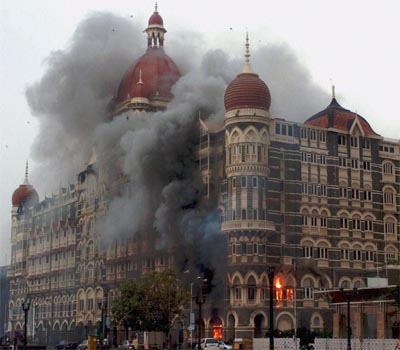
Washington, April 22, 2015 (IANS)Citing what it called "hidden intelligence breakdowns" behind the 2008 Mumbai terror attacks, a new investigative report has described Mumbai "as a tragic case study in the strengths and limitations of high-tech surveillance".An analysis of documents leaked by Edward Snowden contradicted the US government's claims that the National Security Agency had played a key role in preventing a follow-up plot against a Danish newspaper in 2009, says the report by Sebastian Rotella. Rotella, who writes for investigative news site ProPublica, has extensively reported about key Pakistani-American plotter David Coleman Headley, "whose reconnaissance for Pakistani spymasters and terrorist chiefs was crucial to the 2008 terrorist attacks".In a series of stories and in the 2011 Frontline documentary, "A Perfect Terrorist", ProPublica had "detailed multiple breakdowns in the US counter-terror system that allowed Headley to elude detection for years despite tips that could have prevented the attacks", he said."American Terrorist", a major update of the 2011 Frontline film, airing in the US Tuesday night details the story of Headley's eventual capture as well as the secret surveillance of Mumbai plotters that took place before and during the attacks.The Snowden documents show that, months before Mumbai, British intelligence began spying on the online communications of Zarrar Shah, a key plotter who was the technology chief for the Pakistani terror group Lashkar-e-Taiba, Rotella wrote.Britain's General Communications Headquarters (GCHQ) had the ability to monitor many of Shah's
digital activities, including web searches and emails, during weeks in which he did research on targets, handled reconnaissance data, and set up an internet phone system for the attack.But based on documents and interviews, it appears that the British spy agency did not use its access to closely analyse data from Shah until a Lashkar attack squad invaded Mumbai on November 26, 2008.Nor did the British tell the Americans they were watching Shah beforehand, despite the close alliance between GCHQ and the NSA, he wrote.The British data could have complemented separate chatter that the NSA and CIA were collecting about a potential attack on Mumbai, none of it related to Headley, Rotella wrote.Meanwhile, Indian intelligence had separately tracked Shah's communications before the attack, he wrote.Once the shooting started, the spy agencies went into high gear, the report added."The British realised that prior targeting of Shah gave them real-time access to the Karachi control room from which Lashkar chiefs directed the three-day siege using phones and computers."GCHQ and NSA pulled a haul of intelligence from the monitoring of Shah and others that enabled analysts to assemble a "complete operations plan" of the plot, according to an NSA document cited by ProPublica.The evidence helped the Western and Indian governments push Pakistan to crack down on Lashkar.US officials, the report said, emphasised that they had warned the Indians.British officials disputed the idea that they had information that could have prevented an attack. They said they would have shared such intelligence with India, it said.
digital activities, including web searches and emails, during weeks in which he did research on targets, handled reconnaissance data, and set up an internet phone system for the attack.But based on documents and interviews, it appears that the British spy agency did not use its access to closely analyse data from Shah until a Lashkar attack squad invaded Mumbai on November 26, 2008.Nor did the British tell the Americans they were watching Shah beforehand, despite the close alliance between GCHQ and the NSA, he wrote.The British data could have complemented separate chatter that the NSA and CIA were collecting about a potential attack on Mumbai, none of it related to Headley, Rotella wrote.Meanwhile, Indian intelligence had separately tracked Shah's communications before the attack, he wrote.Once the shooting started, the spy agencies went into high gear, the report added."The British realised that prior targeting of Shah gave them real-time access to the Karachi control room from which Lashkar chiefs directed the three-day siege using phones and computers."GCHQ and NSA pulled a haul of intelligence from the monitoring of Shah and others that enabled analysts to assemble a "complete operations plan" of the plot, according to an NSA document cited by ProPublica.The evidence helped the Western and Indian governments push Pakistan to crack down on Lashkar.US officials, the report said, emphasised that they had warned the Indians.British officials disputed the idea that they had information that could have prevented an attack. They said they would have shared such intelligence with India, it said.
No Comments For This Post, Be first to write a Comment.
Most viewed from Specials
Most viewed from World
AIMIM News
Boycott Pakistan in cricket, says Owaisi
Jul 29, 2025
Owaisi slams Turkey for backing Pakistan
May 10, 2025
Latest Urdu News
Most Viewed
May 26, 2020
Which Men's cricket team will win the five Test matches series going to be held in UK?
Latest Videos View All
Like Us
Home
About Us
Advertise With Us
All Polls
Epaper Archives
Privacy Policy
Contact Us
Download Etemaad App
© 2025 Etemaad Daily News, All Rights Reserved.

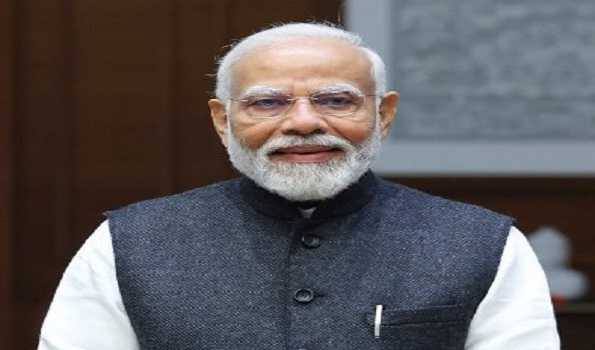
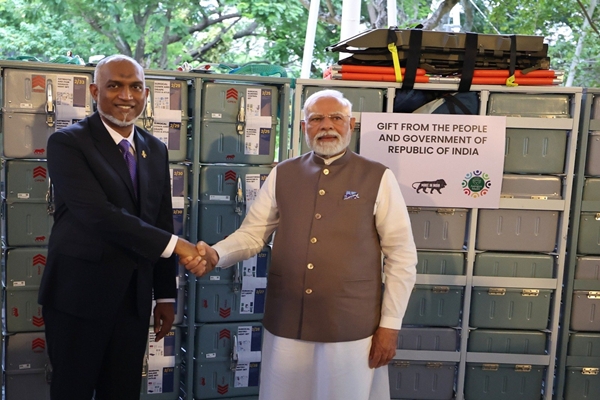
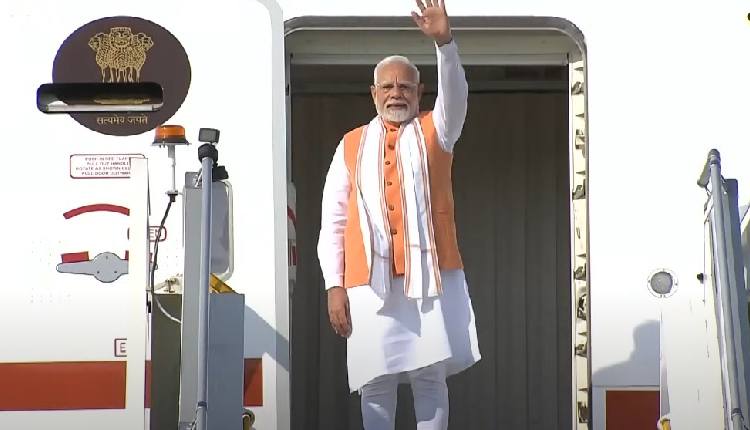
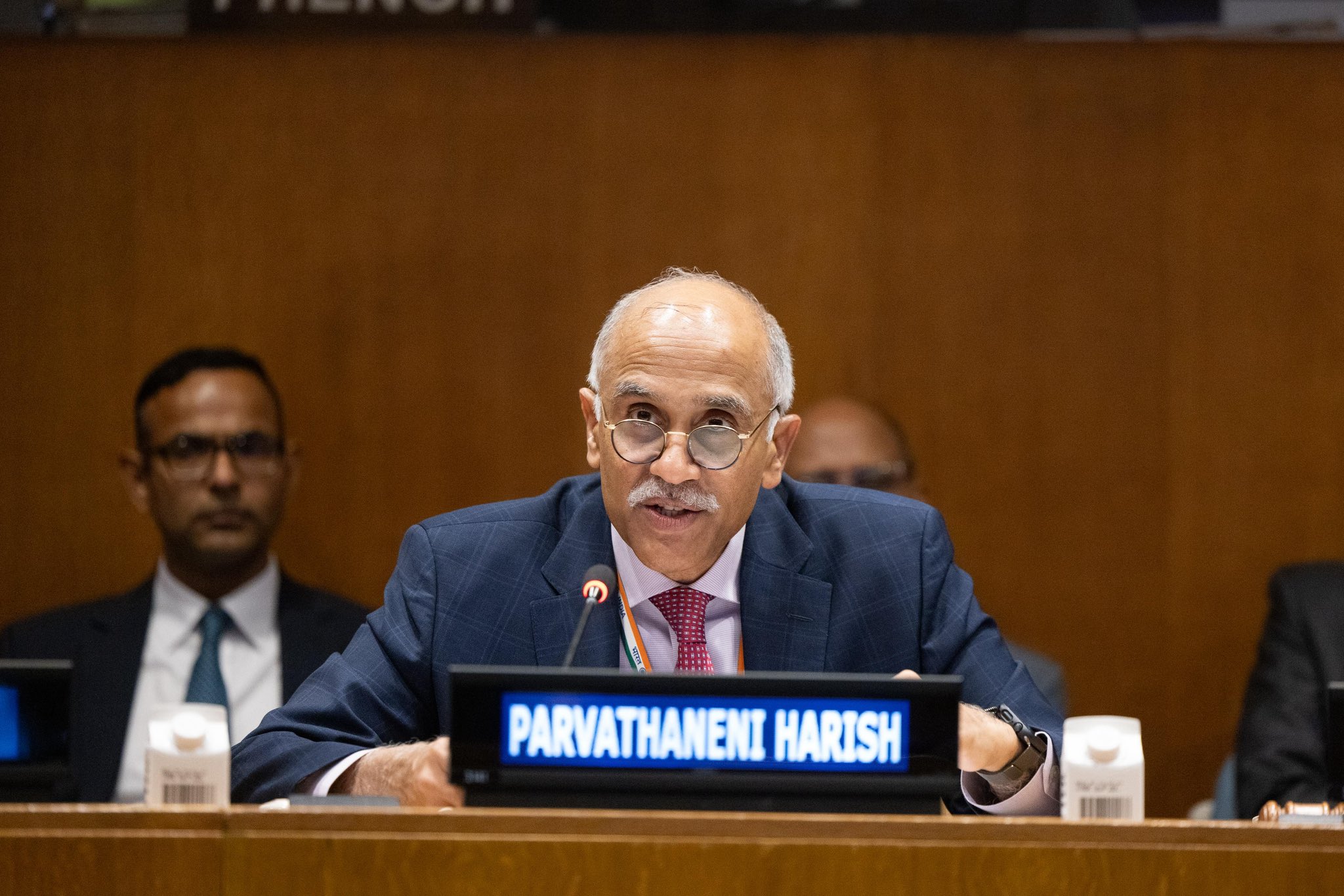
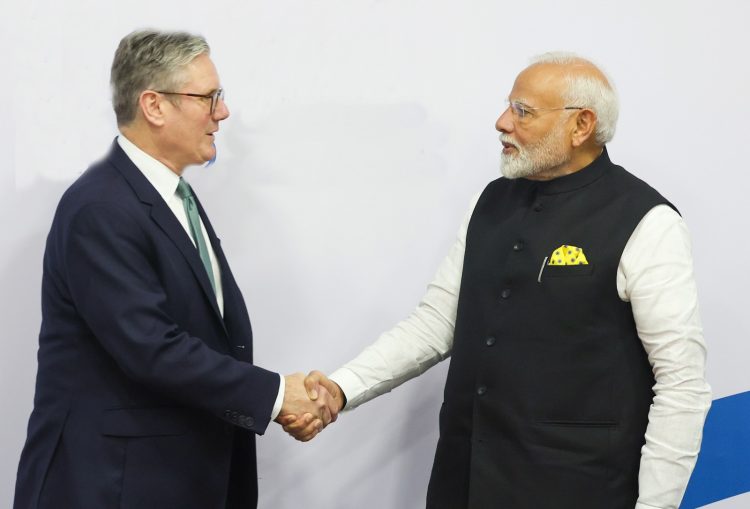
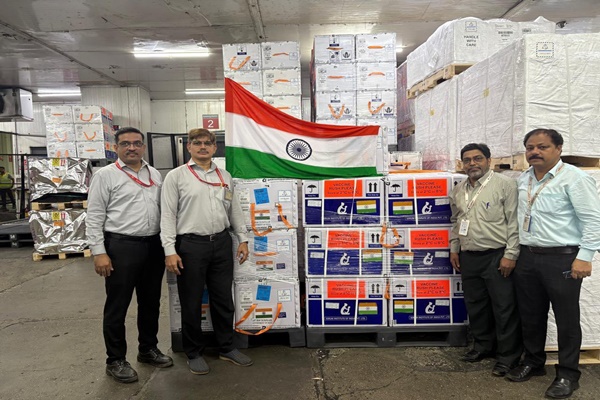
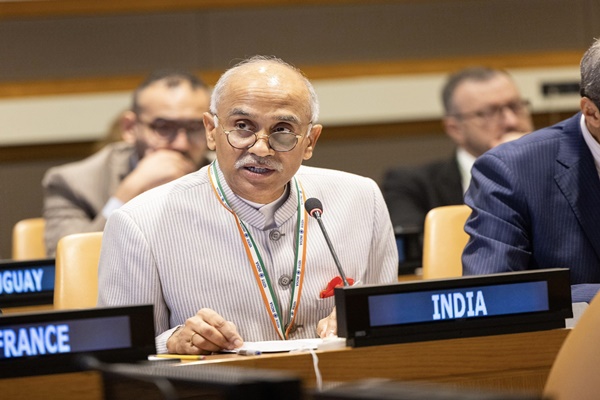
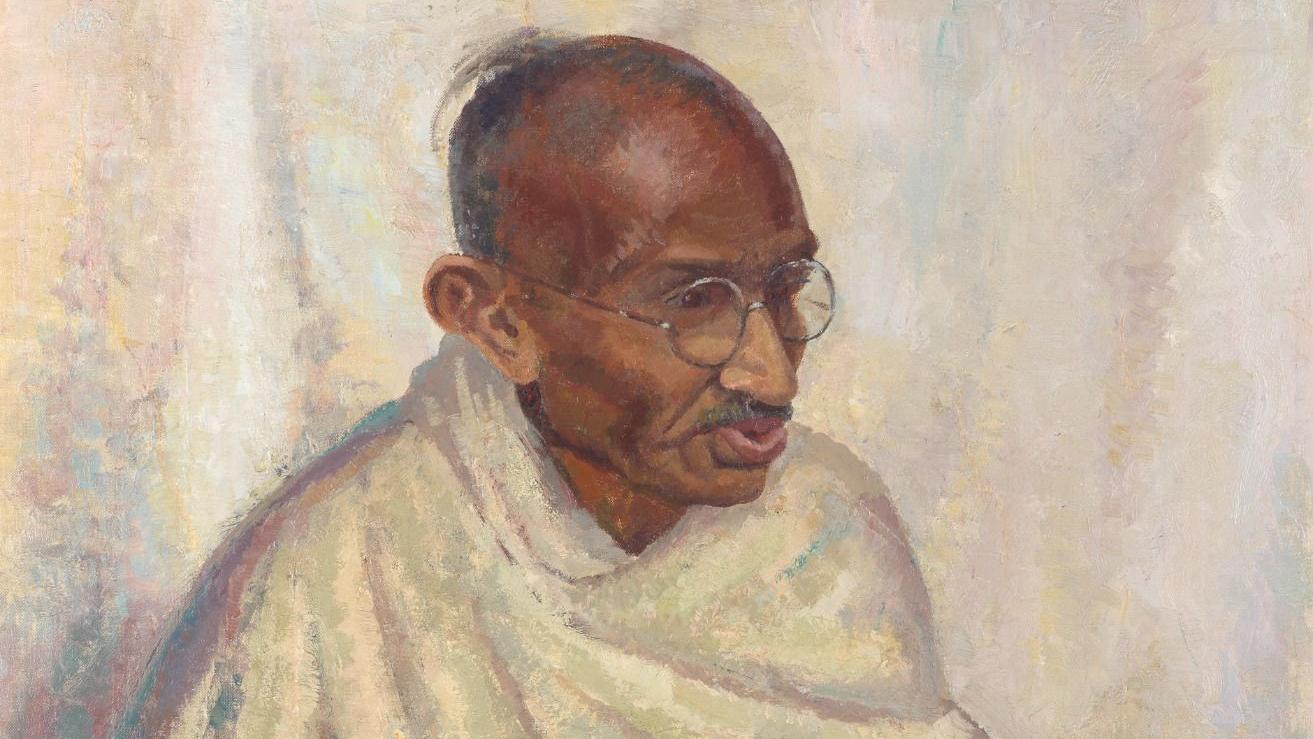
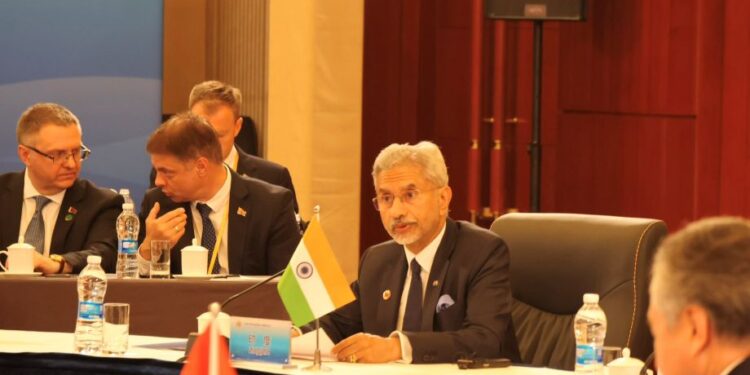
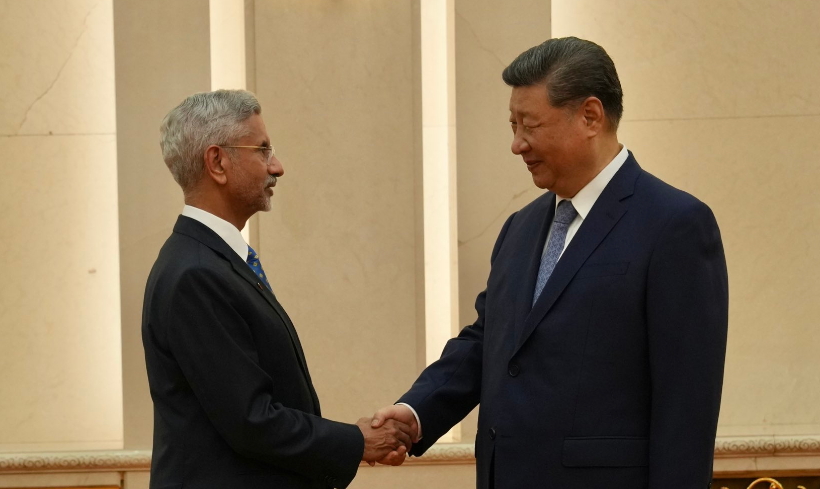
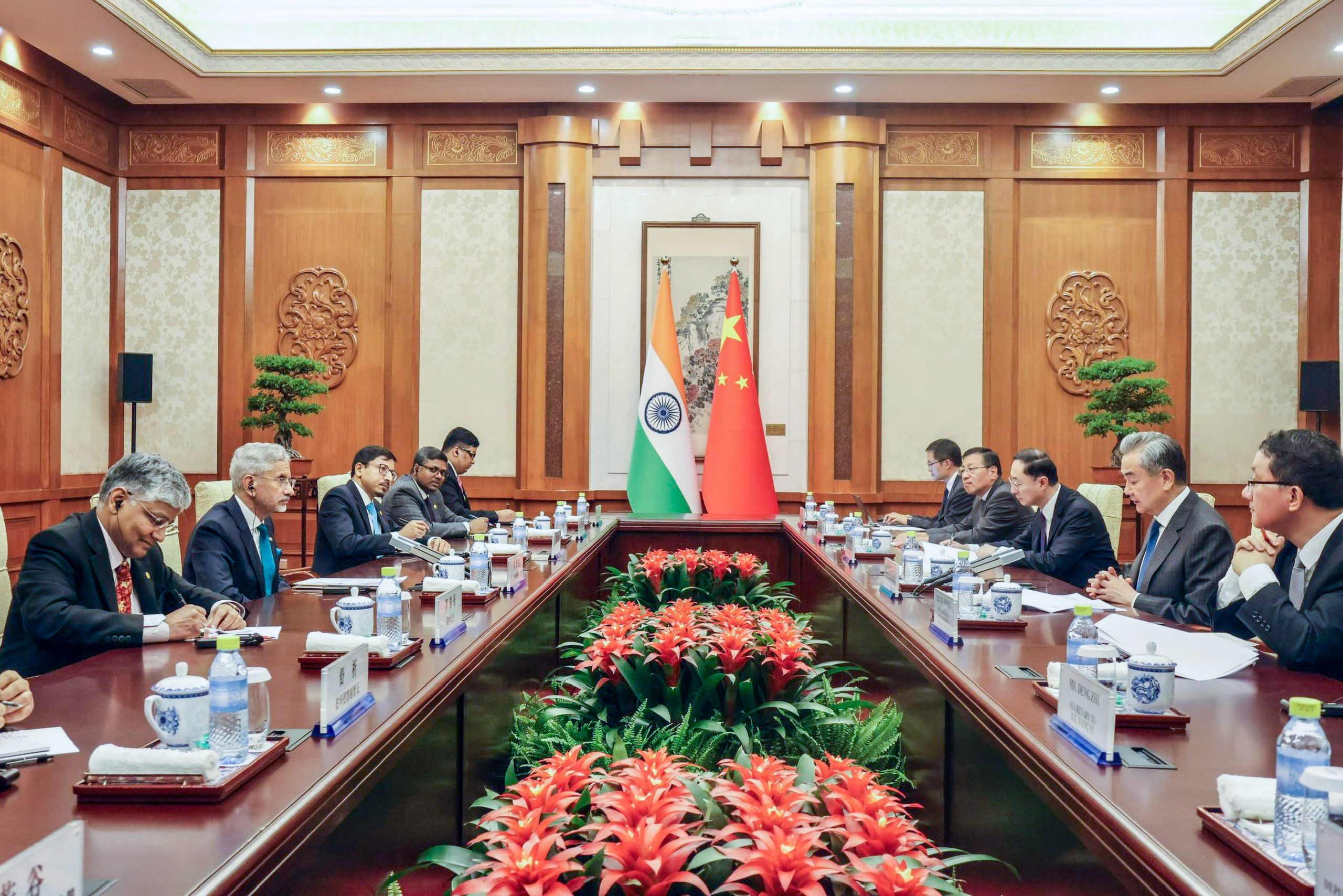

.jpg)
.jpg)
.jpg)
.jpg)
.jpg)
.jpg)
.jpg)
.jpg)
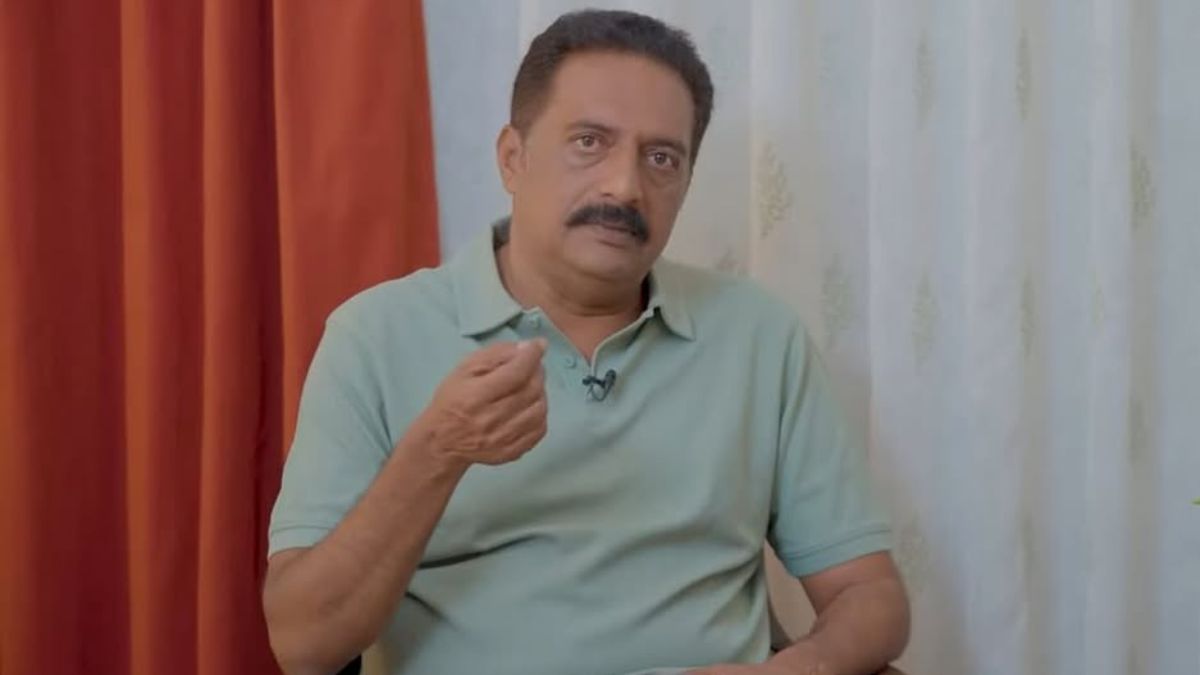
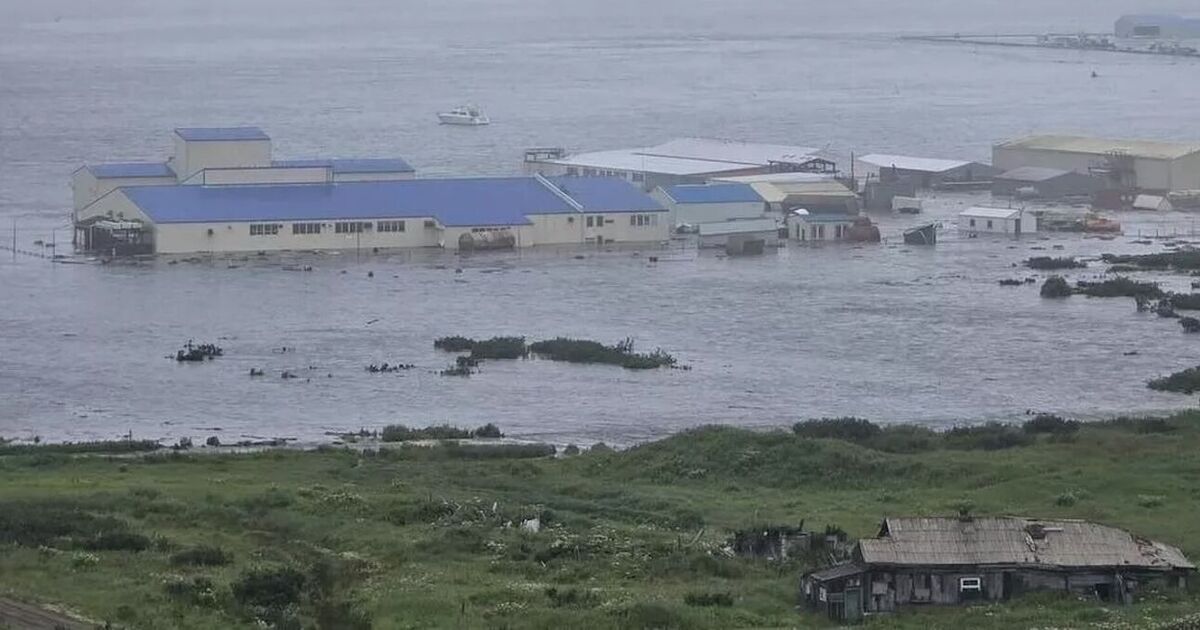
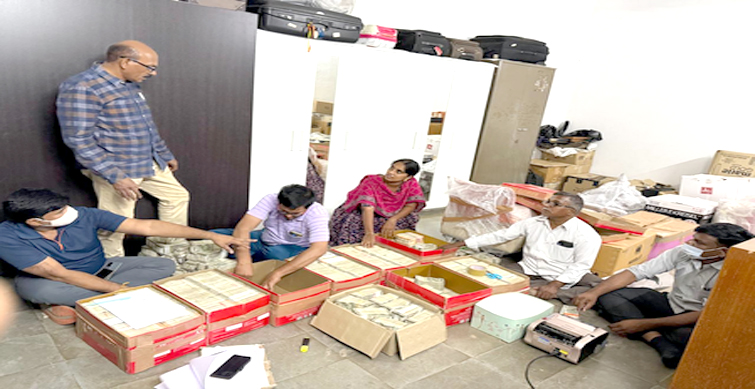


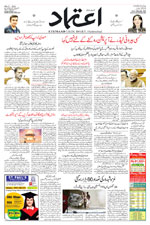







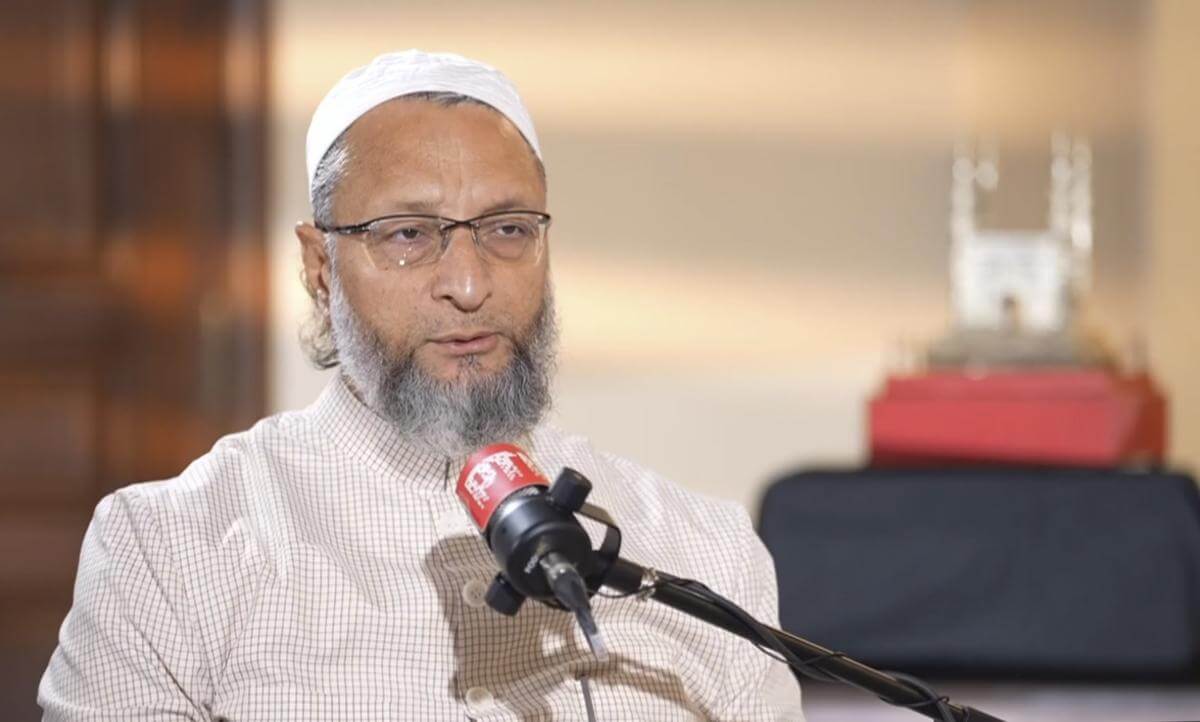
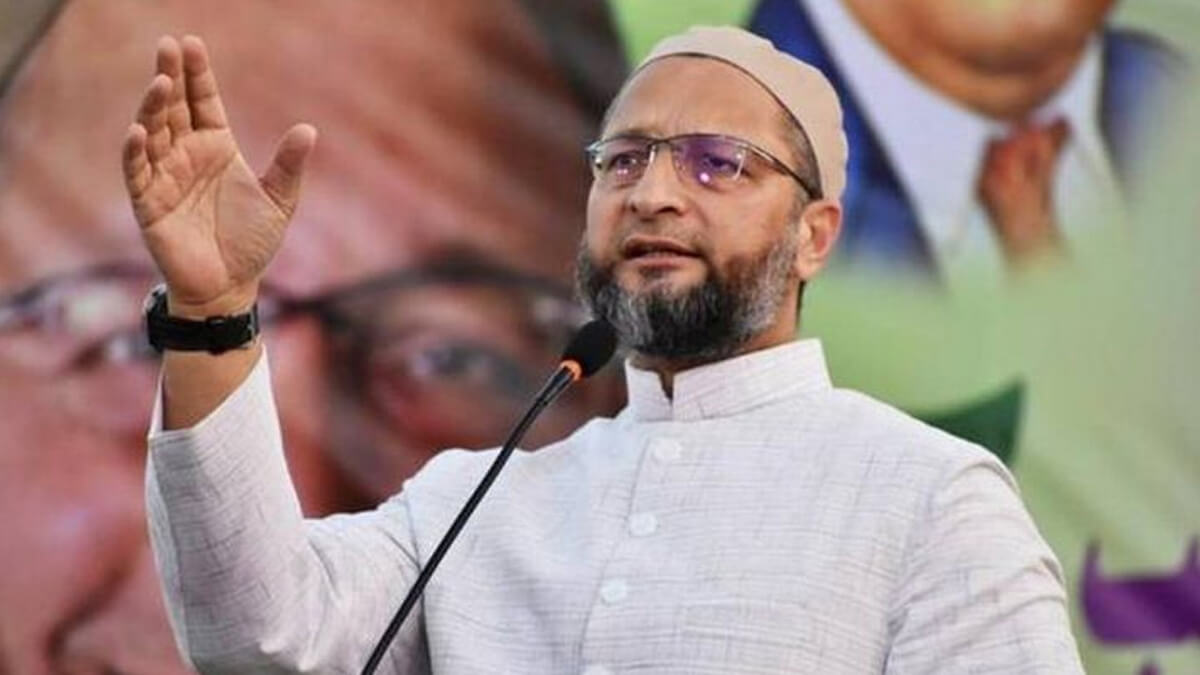
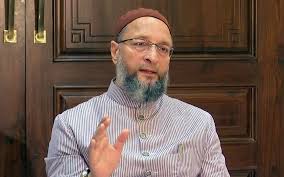
.jpg)




